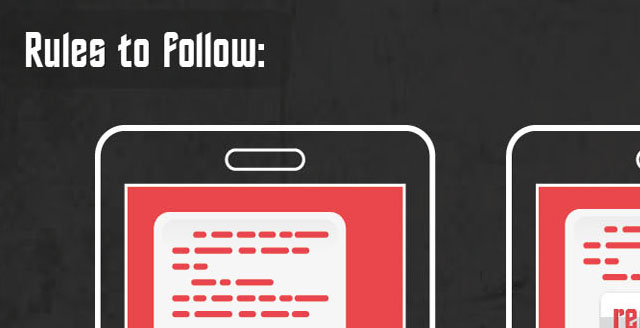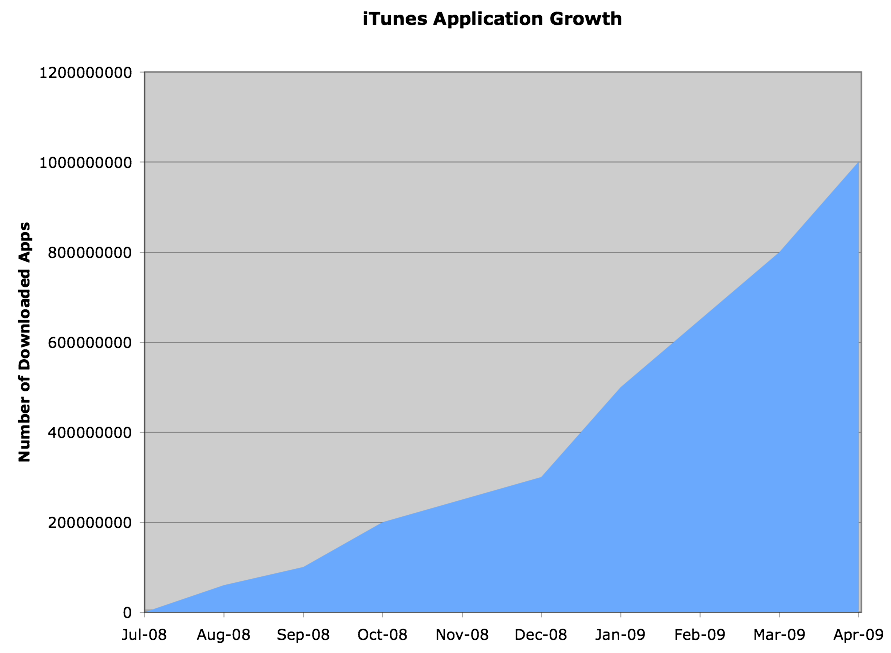Mediapost reported this morning on some very interesting data that Facebook provided at the end of 2011 which has broad implications for digital publishers. At a time when publishers and media hubs are doing everything they can to retain advertising rate, Facebook’s average CPM has increased by 23% over the past year across five of it’s major markets (US, UK, France, Germany and Canada).
In addition the average CTR on Facebook ads has increased 18% during the same time period. The big question publishers need to be asking is how are they able to achieve such fantastic results?
The answer is quite plain and simple, at least for this in the advertising technology space. Firstly advertisers are getting more creative and engaging when it comes to Facebook ad creative. Over the past few years advertisers have been testing different forms of Facebook creative and they finally have found a sweet spot that compels users to engage with the ads instead of ignoring them. Secondly, Facebook has offered a number of highly focused targeting options and advertisers are now beginning to understand these tools and utilize them effectively.
Spreed believe these two strategies are the only ways that publishers and media companies are going to be able to compete with social sites like Facebook and stay relevant in the online advertising space.
At Spreed we work very closely with MoFuse to offer our clients the tools to build rich and engaging advertising units. We see far too many campaigns across the mobile ecosystem that fail from a creative standpoint. The last thing you want to do is link a small banner ad to a flash website on a mobile device; it just won’t work. We encourage publishers and advertisers to create ads that utilize the rich features of the smartphone environment, including location, video, etc in a way that will engage users and provide value to them and the advertiser.
Secondly, Spreed offers a host of targeting options that rival those provided by the Facebook platform. Publishers may not yet have the reach on their mobile sites and apps that Facebook has on the web. However, the tools we provide allow our partners to harness the deep targeting that is made possible by the mobile ecosystem. Spreed’s CleverAds platform allows advertisers to target users by location, behaviour, context and demographic. In order to increase CPM’s like Facebook on a quarter by quarter basis, publishers need to think beyond section sponsorships and utilize deeper targeting rules. Spreed is well setup to allow publishers to do this.
We see mobile as a mulligan for the industry. This is a chance to get things right where we made mistakes on the web. We can’t afford to drop advertising rates in mobile because we think advertisers won’t pay. We need to think beyond the web and find ways that make mobile even more attractive. Publishers need to pick advertising technology that allows them to offer ads that will increase Click-Throughs and overall CPM rates. Spreed is here to help you navigate this emerging ecosystem, both today and in the future.
For more information on the success of Facebook over the past year, read the media post article below:
Facebook CPMs Rising, Click-Throughs Too
The cost of advertising on Facebook keeps climbing. Average CPM rates increased 8% and cost-per-click (CPC) rates rose 1% in the fourth quarter of 2011, compared to the prior quarter, across five major markets (U.S., U.K., France, Germany and Canada). That’s per TBG Digital on Facebook advertising, based on a total of 326 billion Facebook ad impressions in the year’s final quarter.






















